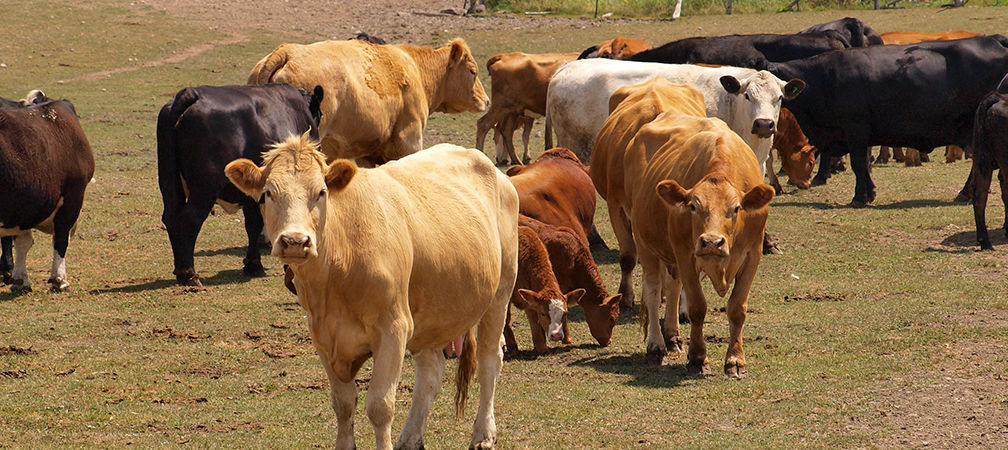Ontario Nature Blog
Receive email alerts about breaking conservation
and environmental news.
© Lora Denis
Blue-green algae, Leamington © Olga Nohra CC BY-NC-SA 2.0
Visitors to the Ontario’s Great Lakes shores are often surprised to learn that the water is fresh, not salt. If they are from a country or region where freshwater is scarce, their expression often turns from amazement to envy. Even the most complacent Ontarian should then realizes we have something rather special – a means of sustaining our lives that renders all the oil-related drama in the world largely irrelevant.

It was not until the mid-1960s that the USA and Canada jointly realized that using the Great Lakes as a dumping ground for human, animal and industrial effluent was endangering coastal populations and the entire basin ecosystem. People saw that the Cuyahoga River in Cleveland, Ohio, became a fire hazard eclipsed with the equally egregious poisonous chemical plume from the Love Canal discharging into the upper Niagara River in New York State.

Ontario also had its problems including the Randall Reef in Hamilton Harbour, a result of past steelmaking misfeasance; the Don River in Toronto with uncontrolled storm-water flows of pesticides, paints, plastics, petroleum products; and many other waterways polluted by poorly regulated manufacturing, agriculture, resource extraction and processing. While massive cleanup strides have been taken and regulations tightened, many Ontario waterways remain in poor shape. Did you know, for example, that the Thames River in southwestern Ontario only achieves a “D” rating overall for water quality? Put simply, that rating means that its fish are inedible for humans.

Massive algae blooms in Lake Erie and the organ-destroying, blue-green algae that appears in Fanshawe and Pittock conservation area lakes during high summer are proof that upper and lower stretches of the burbling Thames River and shimmering waters of the Great Lakes are increasingly compromised. Two decades of cleanup progress is starting to unravel.

It’s easy to blame government and industry for this mess, but our personal lifestyle choices also harm freshwater ecosystems. Free-range farming of livestock might appeal to well-heeled, conscientious consumers but fecal matter runoff from fields into nearby watercourses may be more difficult to control than traditional barn-rearing.
Agricultural nutrient management has improved dramatically as farmers understand the importance of surface and well-water quality in sustainable agriculture. But U.S. style industrial-scale livestock farming facilitated by Ontario’s “Open for Business” policy threatens the positive results of their stewardship.

For several of Ontario’s watersheds, another major risk comes from landfills constructed on fractured bedrock rather than safer thick, non-porous clay. The Richmond Landfill near Napanee in eastern Ontario continues to generate a leachate (leaking toxic fluids) plume through porous rock strata that has made local groundwater undrinkable, destroyed wetland ecosystems and resulted in substantial property value diminution.
Conservation Authorities in Ontario’s watersheds have historically worked hard to protect our streams and rivers from indiscriminate pollution, but some regressive governments have made things a lot harder by reclassifying waterways, attacking pollution research, placing limits on what Conservation Authorities can do and cutting what they call “environmental red tape”. This as an indiscriminate assault on environmental and human health.

An application to build a 17.4 million tonne landfill atop fractured bedrock in Zorra Township, just west of Woodstock adjacent to the Thames River has experienced almost a decade of conflict between local communities and the landfill developer. Assurances of environmental protection and economic opportunity have been met with skepticism or outright rejection by those living close to the Thames River from Beachville to Lake St. Clair. There can be no absolute guarantee the toxic leachate won’t eventually leak into the ecosystem thereby repeating the Napanee disaster.
Scaremongering by waste management companies that denying the Zorra landfill application will cause a major shortage of Ontario landfill space is merely sour-grapes for risking tens of millions of dollars on a gamble that the public would accept a polished sales pitch and chest-thumping by expensive lawyers. Factual counter arguments and new provincial government legislation giving municipalities a say in new landfill locations could mean that the Thames River watershed is less at risk.
The apparent need for landfill capacity in Ontario is also driven by the lifestyle choices we, as consumers, make not only in terms of how much stuff we buy and discard but what it contains. Claims that the Zorra Township landfill is for non-hazardous waste is a misnomer. The vast quantities of mercury-laden compact fluorescent lightbulbs, plastics, small appliance batteries, solvents, fecal matter (for instance, soiled diapers), pharmaceuticals, pesticides and other irresponsibly dumped toxicants will ultimately brew into leachate. The damage may not be known until it enters the environment and people get sick.
Ultimately these toxins will enter the Great Lakes ecosystem and contribute to the appalling conditions that existed until the late 1960s. The current provincial government pays lip service to the importance of clean surface water, air and the rights of municipalities to reject landfill developments but has, so far delayed or avoided substantive action. So, our lifestyles and individual choices have a direct bearing on our environmental and personal health. We need only lift our eyes to Great Lakes vistas to understand what’s really at stake.

Gananoque Lake Nature Reserve © Smera Sukumar